Multiply Your Value With Strategic Thinking Skills
More than half of finance executives in a global study by the Association of Chartered Certified Accountants and Institute of Management Accountants identified strategic thinking as critical to professional development for chief financial officers. These skills are just as important for CPAs in public accounting who want to advance in their careers or grow their firms. Strategic thinking is the key to delivering exceptional value in today’s rapidly changing, competitive business world.
This article describes the essence of strategic thinking and how it differs from traditional strategic planning, along with ways to develop strategic thinking and build it into your regular routines as a finance leader.
What is strategic thinking?
Strategic thinking is the process of exploring new and improved approaches to meet customer needs. It is future-oriented, focused on future customers and their needs, not just today’s. It involves regular scanning of the horizon, watching for emerging trends in the external environment. These trends include concerns such as globalization, economic movement, demographic shifts, and regulatory changes.
Strategic thinking is also customer-focused. By observing behavior in your target market, you are better positioned to respond to changing customer needs and preferences. Strategic thinking opens the door to innovation as you discover new ways to serve existing customers, as well as new customers. The best strategic thinkers open new frontiers. Consider Steve Jobs and the iPhone as a prime example.
Strategic thinking requires an awareness of your industry and monitoring the competition. Successful strategic thinkers differentiate their firms from competitors by offering superior customer value and effectively communicating that distinctness to the marketplace.
Strategic thinkers possess a keen understanding of their firm’s capabilities and ways to leverage them for competitive advantage. They find ways to build or acquire new capabilities to capitalize on emerging opportunities. Strategic thinkers go beyond operational improvements to develop new business models that enhance profitability and growth.
Strategic thinking versus strategic planning
Strategic thinking offers several advantages over traditional strategic planning, which by itself is insufficient to compete in today’s marketplace.
- Strategic planning concludes with a static report that often ends up gathering dust on a bookshelf. Strategic thinking is continuous, nimble, and dynamic.
- Strategic planning is a more rigid process. Strategic thinking is agile and flexible.
- Strategic planning often becomes a destination in and of itself. Strategic thinking is a journey, a means more than an end.
- Strategic planning is viewed as a project or an event. Strategic thinking is an ongoing process.
In most firms, strategic planning is at best an annual exercise. It’s valuable in that it prompts leaders to pause to evaluate their firms, scan the horizon, think about their customers, and establish goals and priorities. However, it doesn’t happen frequently or fast enough to address the challenges of a rapidly changing environment. Adding strategic thinking to your skillset will multiply your value — to your firm as well as to your customers.
Develop strategic thinking skills
Leaders with strategic planning experience are familiar with SWOT analysis — the assessment of a firm’s strengths, weaknesses, opportunities, and threats. Strategy professor and consultant Stanley Abraham suggests building on that foundation as a step to develop strategic thinking skills.
Abraham offers six questions to go beyond SWOT analysis and cultivate deeper, “out-of-the-box” strategic thinking:
- What other type of customer could benefit from our product (service), even if used in a different way?
- What other products (services) could we produce for the same customer?
- What other products (services) could we produce, for any customers, that use the skills, techniques, technologies, and know-how that we have?
- Is there a way of reinventing our business model that would give us a competitive edge?
- What unmet needs do people or companies have that we could meet, even if it means acquiring the necessary know-how and expertise?
- What are the highest growth industries now and in the foreseeable future?
Regularly asking these questions and others will stretch your thinking to generate new approaches to meet customer needs and grow your firm in the process.
Build strategic thinking into your routines
The typical pattern in this deadline-driven profession is to run from one thing to the next without pausing to think about the future viability of the business itself. It’s easy to work in the business and never work on it. Or to become reactive, rather than proactive.
Here are a few tips to build strategic thinking into your routines:
Set aside TIME. LinkedIn CEO Jeff Weiner calls this “the importance of scheduling nothing.” Weiner blocks out 90 to 120 minutes each day for high-level activities such as strategic thinking. Schedule a recurring appointment with yourself for strategic thinking every week, if not daily. Guard that time as the most important meeting of your week or day.
Find a PLACE. Get away from your office and the day-to-day operational duties that reside there. My best strategic thinking happens in coffee shops, hotel lobbies, and libraries. The white noise and a great cup of coffee add to the pleasure of knowing I’m doing what’s most important for my business.
Get OFFLINE. You may need to be online for reading and research. But get offline to do your best, undistracted thinking. A pen and notebook are the only tools I need.
Engage your TEAM. Assign each team member one of the questions above. Gather periodically as a team to discuss what you’re thinking and explore new opportunities together.
Expand your strategic thinking skills and multiply your value as a finance leader.
This article was first published in the May-June issue of the Wisconsin Institute of CPAs On Balance magazine. Click here to view the article as it appeared in the magazine.









